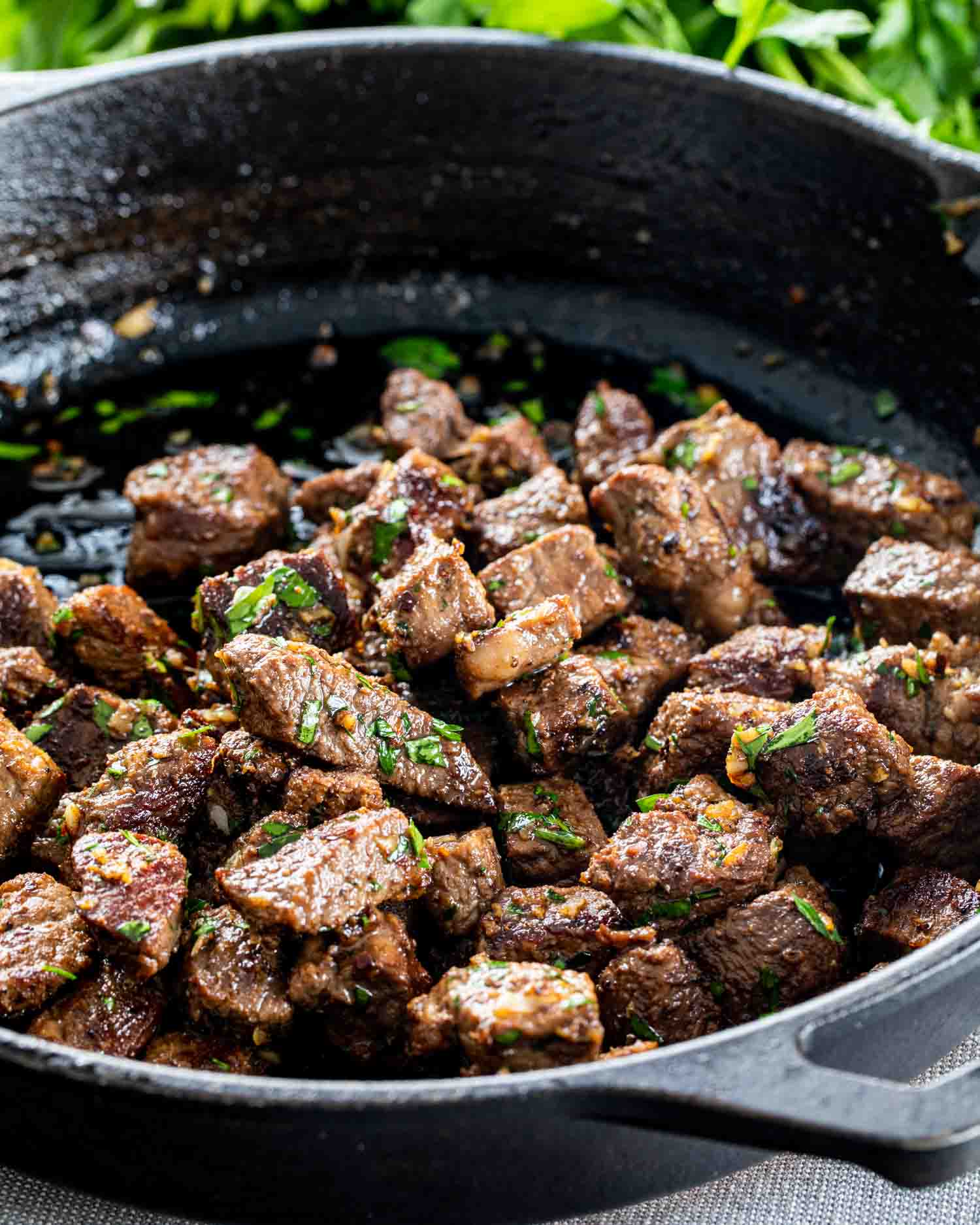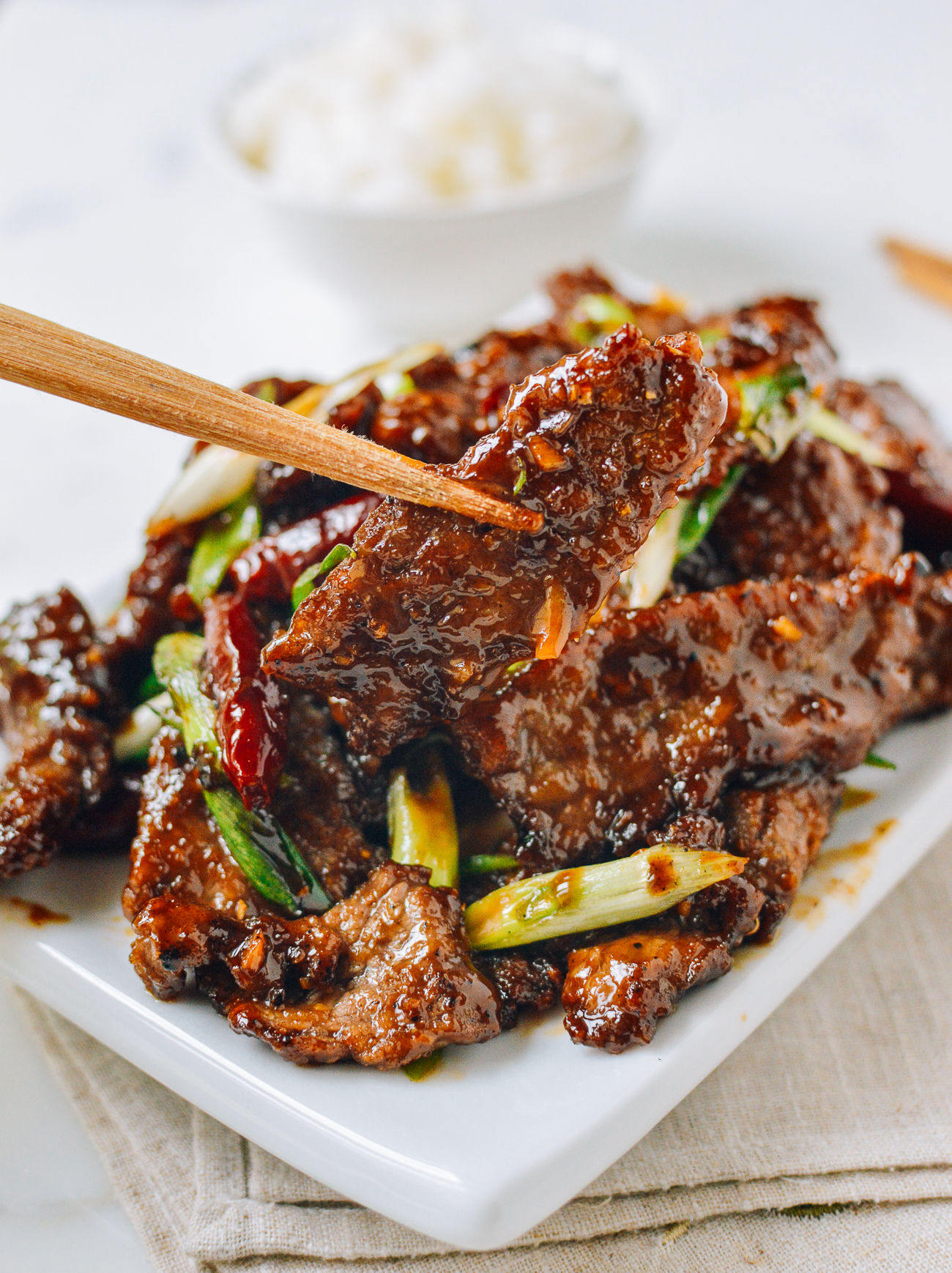Meat Pairing Tips: Perfect Sides to Enhance Your Favorite Cuts
Meat Pairing Tips: Perfect Sides to Enhance Your Favorite Cuts
Blog Article
From Farm to Table: Fresh and Costs Meat Choices
The trip of meat from farm to table encapsulates a complex interaction of high quality, principles, and sustainability. With an enhancing focus on fresh and exceptional options, consumers are currently much more likely to think about the beginnings of their food, leading to a restored emphasis on sustainable farming methods and animal welfare requirements. This change not just improves the nutritional profile of meat but also sustains neighborhood economic situations. Nonetheless, the ramifications of these options expand far beyond personal health and wellness and neighborhood farming. What does this mean for the future of food systems and customer routines?
Recognizing Meat Sourcing
As customers come to be significantly knowledgeable about the origins of their food, recognizing meat sourcing has gained paramount relevance. Meat sourcing includes tracing the trip of meat from ranch to table, encompassing various factors such as farming methods, animal well-being, and environmental influence. This understanding empowers consumers to make educated choices that align with their worths, specifically relating to sustainability and ethical considerations.
The sourcing of meat can differ significantly based on several criteria, including the kind of animals, farming methods, and geographical area. Grass-fed beef commonly comes from pasture-based systems that promote pet welfare and reduce environmental destruction. Conversely, standard meat may include extensive farming methods that elevate worries regarding antibiotic usage and environment destruction.
Moreover, traceability plays an important duty in meat sourcing. Understanding the specific ranch or area where the meat stems helps customers make sure high quality and safety and security. Numerous customers currently look for accreditations or tags that suggest gentle treatment and lasting techniques, showing an expanding need for transparency in the food supply chain. Eventually, recognizing meat sourcing not only improves customer choice yet also promotes accountable consumption and supports ethical farming techniques.
Benefits of Fresh Meat
Choosing fresh meat offers various benefits that expand beyond flavor and appearance. Fresh meat generally retains higher nutritional worth compared to its frozen or processed counterparts. It is often richer in essential vitamins and minerals, such as B vitamins, iron, and zinc, which are essential for preserving general health and wellness.
In addition, the sourcing of fresh meat often involves much shorter supply chains, reducing the time in between farm and table. This implies that the meat is less likely to lose its dietary stability throughout transportation and storage. Furthermore, consumers can experience boosted taste and juiciness, which can boost culinary experiences.
Fresh meat additionally provides a possibility for customers to sustain regional farmers and promote sustainable agricultural techniques. When buying from regional sources, people can add to their neighborhood economy and promote a greater connection to the food they take in.
Last but not least, fresh meat is generally devoid of the preservatives and additives typically discovered in refined alternatives. This makes it a cleaner, healthier choice for those seeking to decrease their consumption of fabricated ingredients. In general, the benefits of choosing fresh meat incorporate health and wellness, preference, and a feeling view publisher site of neighborhood interaction.
Animal Well-being Criteria
Making certain high pet welfare standards is essential for both moral considerations and the top quality of meat items. The therapy of livestock directly affects not only the ethical ramifications of meat production but additionally the total high quality and security of completion products. Animals increased in humane conditions are less stressed out, bring about much healthier animals and, subsequently, remarkable meat quality.
Rules and certifications worrying pet well-being have actually come to be increasingly considerable in the meat sector. These structures guarantee pets are offered with ample room, appropriate nourishment, and humane handling throughout their lives. Practices such as pasture-raised systems and free-range atmospheres add look at here now to far better animal welfare by enabling animals to show all-natural actions, which is vital for their health.
Moreover, consumers are ending up being more discerning regarding the resources of their meat, bring about a growing demand for items that comply with rigid animal welfare criteria. This change not just advertises moral farming techniques yet also motivates manufacturers to take on actions that boost the health and wellness and well-being of their animals. Meat. Eventually, prioritizing pet well-being is not simply an ethical imperative; it is also a path to generating premium-quality meat that meets consumer assumptions

Lasting Farming Practices
Lasting farming practices play a vital duty in improving both pet welfare and the top quality of meat items. By carrying out rotational grazing, farmers can advertise healthy field environments, enabling pets to feed on nutrient-rich lawns while avoiding overgrazing.
In addition, sustainable farming usually integrates incorporated insect administration and natural feed choices, minimizing making use of unsafe chemicals. This strategy not only safeguards animal wellness yet additionally results in cleaner, much safer meat items for customers. Water conservation techniques, such as rainwater harvesting and reliable irrigation systems, better add to lasting methods, making sure that sources are utilized carefully.
Additionally, promoting biodiversity via polyculture systems and preserving habitats for wildlife enhances the resilience of farming environments. By prioritizing these sustainable techniques, farmers can create high-grade meat that satisfies consumer demand while promoting eco-friendly equilibrium. Inevitably, welcoming lasting farming methods is crucial for creating an extra accountable and resilient food system that benefits animals, farmers, and consumers alike.
Finding Quality Over Amount
Often, consumers are faced with the dilemma of picking in between amount and top quality when it pertains to meat products. check over here While acquiring bigger amounts may appear economically useful, the long-term advantages of choosing high-grade meat much exceed the instant cost savings. Quality meat is frequently sourced from animals raised in sustainable atmospheres, where they are given proper nourishment and care, resulting in exceptional flavor and dietary value.
Premium meats are typically devoid of hazardous additives, hormonal agents, and antibiotics that are often present in mass-produced options (Meat). This not just ensures a much healthier eating experience however also sustains honest farming techniques that prioritize pet welfare. Furthermore, costs meats tend to have a much better appearance and flavor, improving the total culinary experience
Buying top quality meat urges consumers to appreciate smaller sized sections, permitting a much more conscious approach to eating. This shift not just influences individual health positively however additionally advertises lasting consumption patterns that can benefit the atmosphere. In verdict, focusing on quality over quantity when selecting meat products promotes an extra liable and health-conscious way of living, ultimately enriching both the dining experience and the world.
Final Thought

Report this page